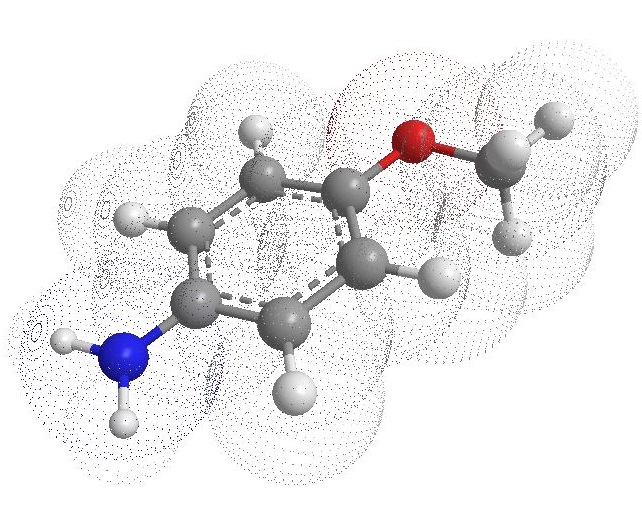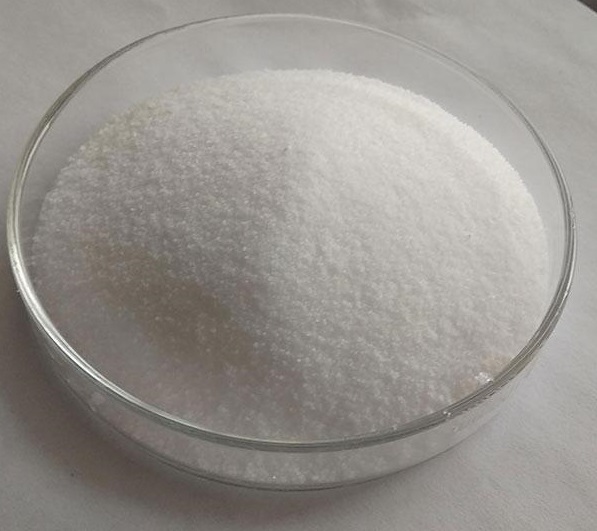The introduction of Pal-Tripeptide-1
Oct 20,2023
Description
Palmitoyl tripeptide is a synthetic peptide, obtained as a reaction product of palmitic acid and tripeptide-1. This substance is also called Matrixyl-3000. PalMitoyl Tripeptide-1(Pal-GHK) is a white powder, has a molecular weight of 578.80 Da, and an estimated logP of 4.81. It is a small three-amino acid (they are the building blocks of all proteins) peptide with the amino sequence of glycine-histidine-lysine, or GHK. GHK is attached to palmitic acid (a fatty acid) to increase oil solubility and skin penetration.
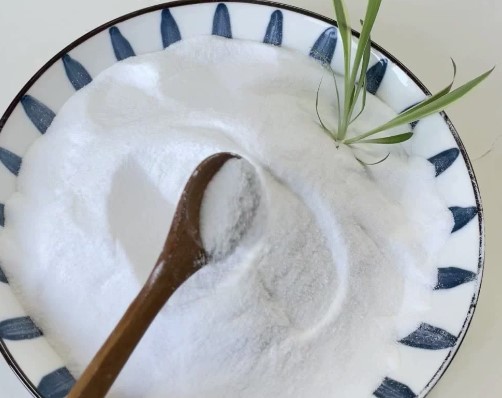
Synthesis
Palmitoyl Tripeptide-1 can be synthesized via standard stepwise peptide synthesis. The C-terminal amino acid (Lys) is protected on its acidic function, after which each N-protected amino acid (Gly, His) is sequentially coupled, adding to the amino terminus, with deprotection and amidation of the peptide at each step to elongate by one amino acid. A last coupling procedure is accomplished with palmitic acid instead of an amino acid. The protected peptide is deprotected on the side chains of lysine and histidine and the C-terminal acid moiety of Lys.
This substance is always being used in cosmetic products. In addition, the other palmitoyl oligopeptides or oligopeptides are often being used in cosmetic products concluding palmitoyl oligopeptide (name retired, peptide sequence not stated), Palmitoyl Hexapeptide-12, Tripeptide-1, Copper Tripeptide-1, and Palmitoyl Tetrapeptide-7. It is known to enhance the production of type-1 collagen in the body[2]. Since peptides are fragments of protein and can be readily absorbed into the skin, they help improve skin's appearance and health drastically.
Toxicity
There were no clinical signs or mortalities in a cumulative skin irritation study on a trade name mixture containing 100 ppm Palmitoyl Tripeptide-1 involving guinea pigs. In the guinea pig maximization test on a trade name mixture containing 100 ppm Palmitoyl Tripeptide-1, the test substance was evaluated at a concentration of 75% in a saline vehicle[2]. Clinical signs were not observed and none of the animals died during the study. Additionally, body weight gain was unaffected by test substance administration.
The genotoxicity of a trade name mixture containing 1,000 ppm Palmitoyl Tripeptide-1 was evaluated in the Ames test, with and without metabolic activation, using the following Salmonella typhimurium strains: TA98, TA100, TA1535, and TA1538. The test material (0.1 mL in ethanol solution) was nongenotoxic. In another assay, the genotoxicity of a trade name mixture containing 100 ppm Palmitoyl Tripeptide-1 was evaluated, with and without metabolic activation, using the following S Typhimurium strains: TA98, TA102, TA1535, and TA1537. At doses up to 5,000 µg/plate, the test material was classified as nongenotoxic.
References
[1] Park S, et al. Transdermal Delivery Biological Activity Arginine Oligomer Conjugation Palmitoyl Tripeptide-1. International Journal of Innovative Research and Scientific Studies, 2022; 3.
[2] Johnson W, et al. Safety Assessment of Tripeptide-1, Hexapeptide-12, Their Metal Salts and Fatty Acyl Derivatives, and Palmitoyl Tetrapeptide-7 as Used in Cosmetics. International Journal of Toxicology, 2018.
- Related articles
- Related Qustion
- Pal-Tripeptide-1: Anti-Oxidative Potential and Mechanism of Action Mar 21, 2024
Pal-Tripeptide-1 enhances collagen, skin elasticity, and reduces wrinkles effectively, with superior antioxidant properties, making it a key anti-aging skincare ingredient.
p-Anisidine is a yellow to brown crystalline (sand-like) solid with a fishy odor. It is used as an intermediate in making dyes.....
Oct 20,2023Dyes and PigmentsLithium borohydride is used for the selective reduction of esters, carboxylic acids, amides, and epoxides in preference to other functional groups such as nitriles, nitro compounds, and halides.....
Oct 21,2023Inorganic chemistryPal-Tripeptide-1
147732-56-7You may like
Pal-Tripeptide-1 manufacturers
- Palmitoyl Tripeptide-1
-

- $0.00 / 1kg
- 2024-07-15
- CAS:147732-56-7
- Min. Order: 1kg
- Purity: 99%
- Supply Ability: 500
- Palmitoyl Tripeptide-1, Pal-GHK
-
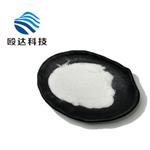
- $0.00 / 1kg
- 2024-07-08
- CAS:147732-56-7
- Min. Order: 1kg
- Purity: 99
- Supply Ability: 500t
- Pal-Tripeptide-1
-
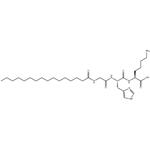
- $0.00 / 1kg
- 2024-07-05
- CAS:147732-56-7
- Min. Order: 0.10000000149011612kg
- Purity: ≥99%
- Supply Ability: 20tons




